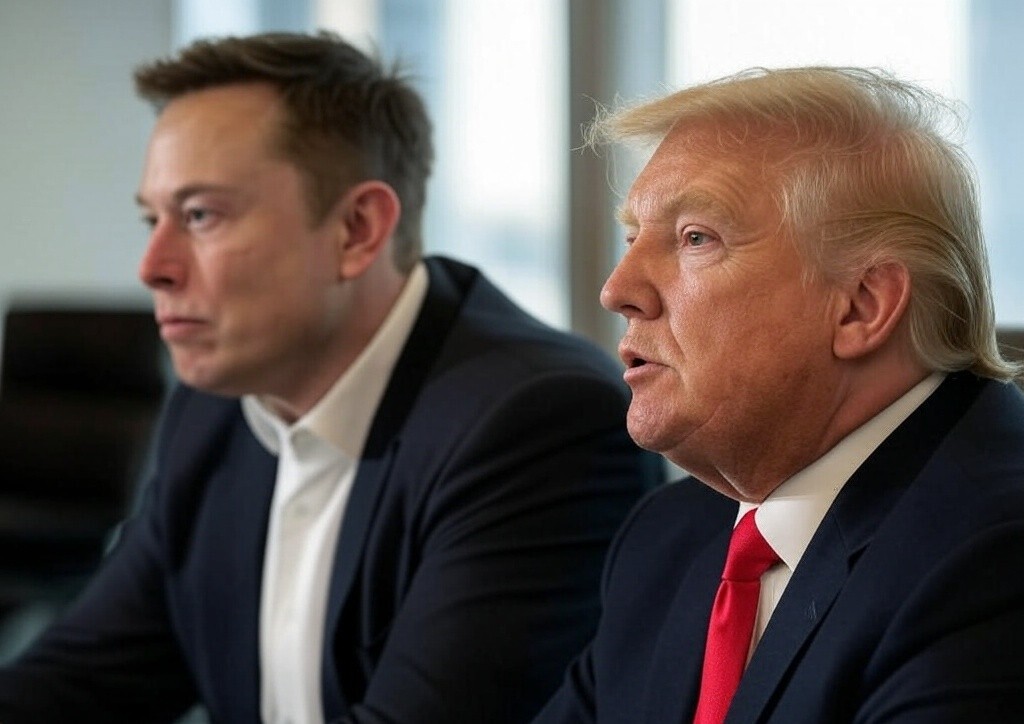Social Security Alerts, News & Updates
Social Security Privatization Debate Gains Momentum Amid Reform Push

The Current State of Social Security Reform Initiatives
Recent developments in Social Security policy have intensified discussions around fundamental structural changes to the program. When high-profile figures like Elon Musk advocate for significant reforms at the Social Security Administration, policymakers such as Representative John B. Larson (D-Connecticut) raise legitimate concerns about the underlying motivations. The central question remains whether Americans should continue participating in the existing government-administered system or transition to individual investment accounts.
Social Security privatization represents a comprehensive restructuring of the current framework. Instead of contributing to the federal program, workers would direct their mandatory contributions into privately managed investment accounts. This shift fundamentally alters the program’s operational structure and risk distribution, creating significant implications for retirement benefits across all income levels.
Current Social Security Payroll Contribution Structure
The Federal Insurance Contributions Act mandates specific deductions from employee wages. Workers contribute 6.2% of gross income to Social Security, with an additional 1.45% allocated to Medicare. Employers provide matching contributions, resulting in a total contribution rate of 15.3% of wages.
The existing system operates on an intergenerational transfer model known as a pay-as-you-go system. Current workers fund benefits for retirees, disabled individuals, and survivors of deceased workers. Since 1935, this structure has maintained continuity through successive generations of contributors and beneficiaries, establishing Social Security as a cornerstone of America’s public pensions framework.
Demographic Challenges in Social Security Sustainability
The United States faces significant demographic challenges that directly impact Social Security’s long-term viability. Declining fertility rates coupled with increased longevity create an unfavorable worker-to-beneficiary ratio. Current data shows 12% of Americans are 65 or older, with projections indicating this percentage will reach 23% by 2080.
These demographic shifts create substantial pressure on the system’s financing structure. Fewer active workers must support an increasing number of beneficiaries, creating potential funding shortfalls. The Social Security Administration acknowledges these challenges in its annual trustee reports, which consistently highlight the need for policy interventions to address the growing Social Security funding shortfall.
Social Security Privatization Pros and Cons: Private Investment Account Proposals
Privatization advocates propose allowing workers to retain their 6.2% Social Security contribution for investment in individual investment accounts. This approach would replace guaranteed government benefits with individually managed retirement savings, fundamentally changing how Social Security benefits calculation works.
Supporters argue that private accounts offer superior investment returns compared to the current system’s benefit structure. Additionally, they contend that privatization reduces federal government liabilities while providing individuals greater control over their retirement planning. Historical market performance data often supports claims of higher long-term returns through private investment strategies, making this a key component of the Social Security privatization debate 2025.
How Does Social Security Privatization Affect Benefits: Risk Assessment
Critics identify several significant concerns regarding widespread privatization implementation. Many Americans lack the financial literacy necessary for effective investment management. Market volatility poses substantial risks, particularly for workers approaching retirement during economic downturns.
The current system provides predictable Social Security benefits calculation based on earnings history and retirement age. Private accounts eliminate these guarantees, exposing retirees to market risk. Furthermore, administrative costs associated with individual account management could reduce net returns compared to the current system’s economies of scale, representing one of the primary Social Security privatization risks.
Implementation Complexities and Transition Challenges
Social Security privatization implementation presents numerous technical and policy challenges. Transition costs would be substantial, as the system must continue funding current beneficiaries while establishing new private account infrastructure. Workers with insufficient account balances at retirement would require additional safety net provisions.
Lower-income workers face particular disadvantages in a privatized system. Limited disposable income restricts investment options, while access to professional financial advice remains constrained by cost considerations. These factors could exacerbate existing retirement security disparities, highlighting the impact of Social Security reform on retirees across different economic backgrounds.
Hybrid Model Considerations in Social Security Reform Proposals
Some reform proposals suggest partial privatization approaches that combine private accounts with reduced traditional benefits. Workers would invest a portion of their payroll taxes while maintaining basic Social Security coverage. This hybrid structure attempts to balance investment opportunity with retirement security.
Partial privatization models require careful benefit calculation adjustments and clear regulatory frameworks. The complexity of managing dual systems presents administrative challenges while potentially creating confusion among participants regarding their retirement benefits. These considerations remain central to ongoing Social Security reform proposals being debated in Congress.
Legislative and Political Realities
Congressional action on comprehensive Social Security reform faces significant political obstacles. The program’s popularity among constituents makes major structural changes politically challenging. Reform proposals require bipartisan support and careful consideration of implementation timelines, particularly given recent discussions around the Social Security Fairness Act.
Current policy priorities focus on addressing immediate funding challenges rather than fundamental restructuring. Strengthening the existing system through revenue adjustments or benefit modifications may prove more politically feasible than complete privatization. Nevertheless, demographic pressures ensure that reform discussions will continue as policymakers seek sustainable solutions for America’s retirement security system and the future of public pensions.